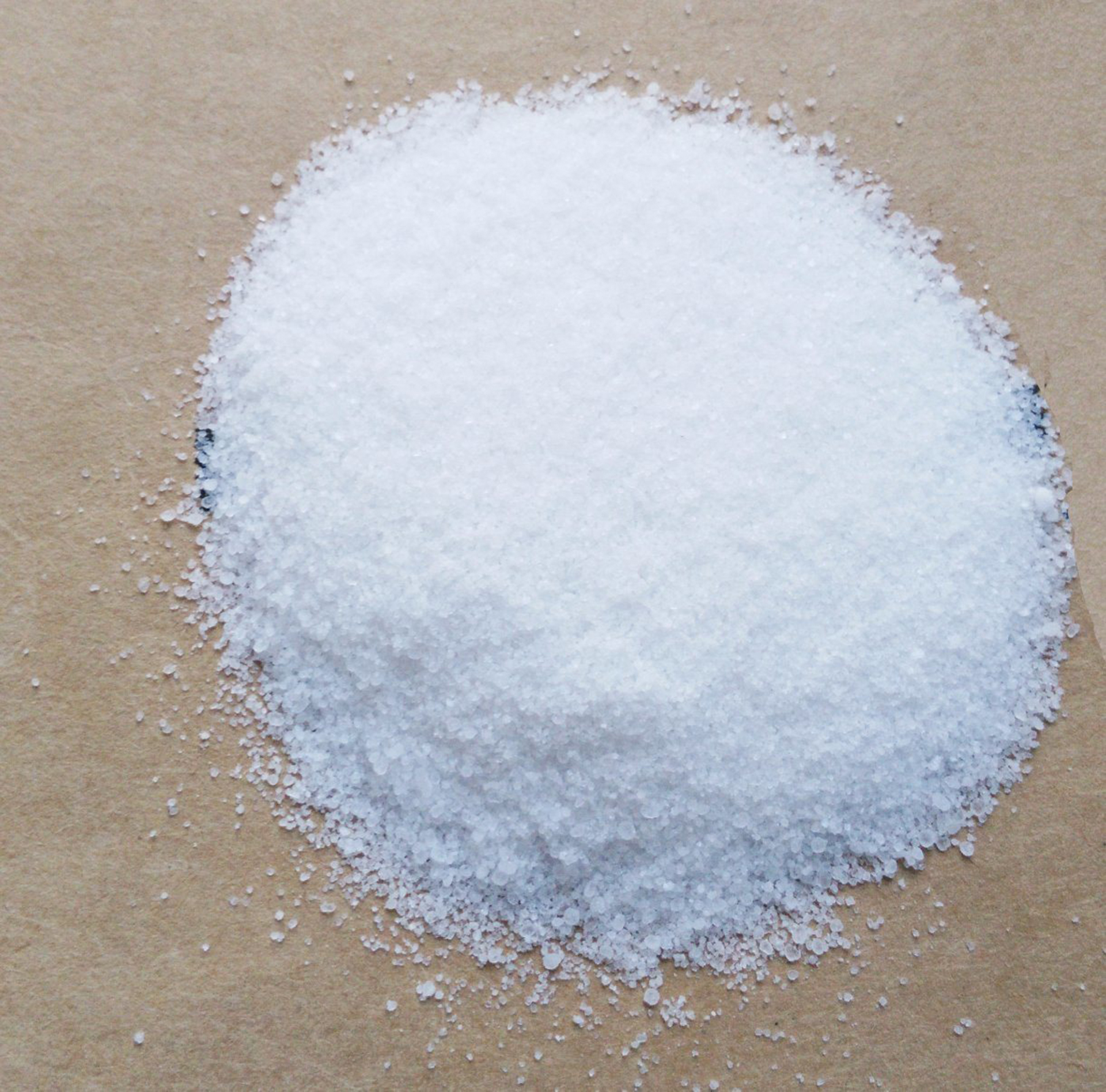



Physical Methods for Effective Wastewater Treatment and Management Techniques
Physical Treatment of Wastewater An Overview
The physical treatment of wastewater is a crucial step in the broader wastewater management process. It serves as a preliminary phase before chemical and biological treatments are applied. The primary goal of physical treatment is to remove solid materials and particulate matter from wastewater to reduce the load on subsequent treatment processes. By employing various techniques and technologies, physical treatment not only enhances water quality but also promotes environmental sustainability.
Key Techniques in Physical Treatment
1. Screening The first step in physical wastewater treatment involves screening, where larger solids such as sticks, leaves, and other debris are removed from the wastewater. This process typically employs coarse mesh screens or bar racks that allow water to flow through while capturing large unwanted materials.
2. Sedimentation After screening, the wastewater undergoes sedimentation, a process that relies on gravity to separate suspended solids from the liquid. The wastewater is held in a basin where heavier solids settle at the bottom, forming sludge. This process is essential for reducing the total suspended solids in the liquid before further treatment steps.
3. Filtration Once sedimentation is complete, the clarified water can then be directed to a filtration system. Filtration involves passing the water through a porous medium (like sand or gravel) to remove remaining suspended particles and contaminants. This step can significantly improve the clarity and quality of the effluent.
4. Ultrafiltration and Microfiltration For more advanced physical treatment, ultrafiltration and microfiltration technologies are employed. These processes use membranes to separate particles based on size. Ultrafiltration, for instance, allows water to pass through while retaining larger molecules and suspended solids. This technology is particularly effective for removing bacteria and larger viruses from the water.
physical treatment of wastewater

5. Dewatering After the solid materials have been separated and collected, they must be disposed of or further treated. Dewatering is a physical process that reduces the water content of the sludge, making it easier and more economical to handle. Technologies such as centrifuges, belt presses, or filter presses are commonly used in this process to produce a more manageable solid waste.
Benefits of Physical Treatment
Physical treatment processes are vital for several reasons. Firstly, they significantly reduce the burden on biological treatment systems by removing a substantial amount of suspended solids and organic load. This, in turn, leads to more efficient biological processes and minimizes the risk of system overload.
Secondly, physical treatment contributes to protecting the environment. By improving the quality of the effluent before it enters natural water bodies, physical treatment systems help prevent pollution and promote the ecological health of rivers, lakes, and oceans.
Finally, the implementation of effective physical treatment processes can result in cost savings for wastewater treatment facilities. By efficiently removing solids and particulates, facilities can reduce their operational costs related to chemical additives and energy consumption in subsequent treatment stages.
Conclusion
In conclusion, physical treatment of wastewater is an indispensable part of wastewater management that significantly enhances the efficiency and effectiveness of the overall treatment process. By employing various methods such as screening, sedimentation, filtration, and dewatering, wastewater treatment plants can ensure high-quality effluent that meets regulatory standards and supports environmental sustainability. As technology advances, the future may bring even more innovative physical treatment solutions, further improving the management and treatment of wastewater in a world increasingly concerned with water quality and environmental preservation.
-
How and Why to Disinfect Water Softeners for Safe, Reliable WaterNewsNov.24,2025
-
Effective Deionized Water Disinfectant Solutions for Healthcare & Industrial UseNewsNov.24,2025
-
Commonly Used Disinfectant for Drinking Water – Global Uses & InnovationsNewsNov.23,2025
-
Chemical to Disinfect Water – Essential Solutions for Safe, Clean Drinking WaterNewsNov.23,2025
-
Blue Water Disinfectant: Safeguarding Global Water Quality with InnovationNewsNov.22,2025
-
Bleaching Powder for Water Disinfection – Affordable & Effective Water Treatment SolutionNewsNov.22,2025
-
Bleaching Powder Drinking Water: Effective, Affordable Disinfection WorldwideNewsNov.21,2025










